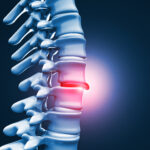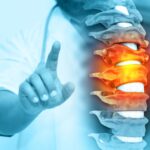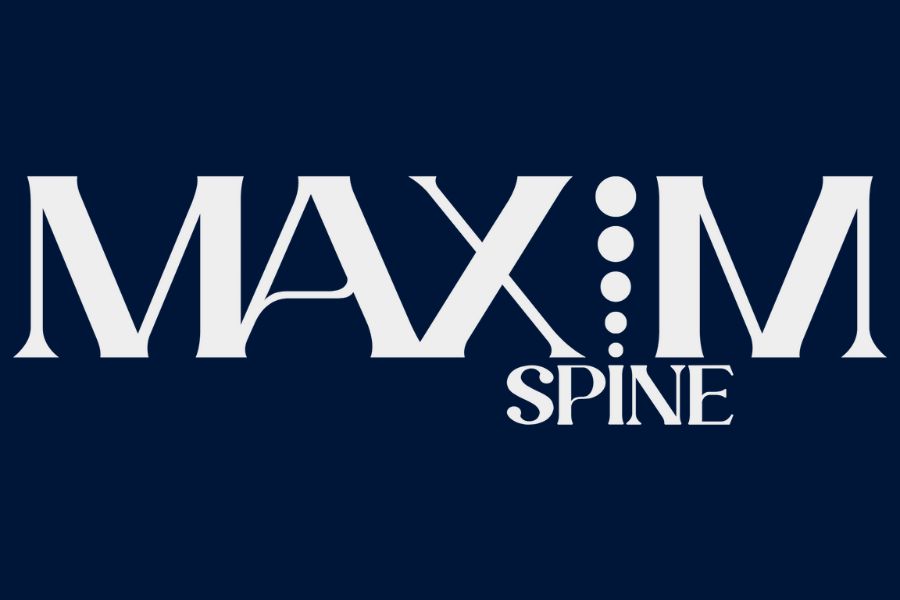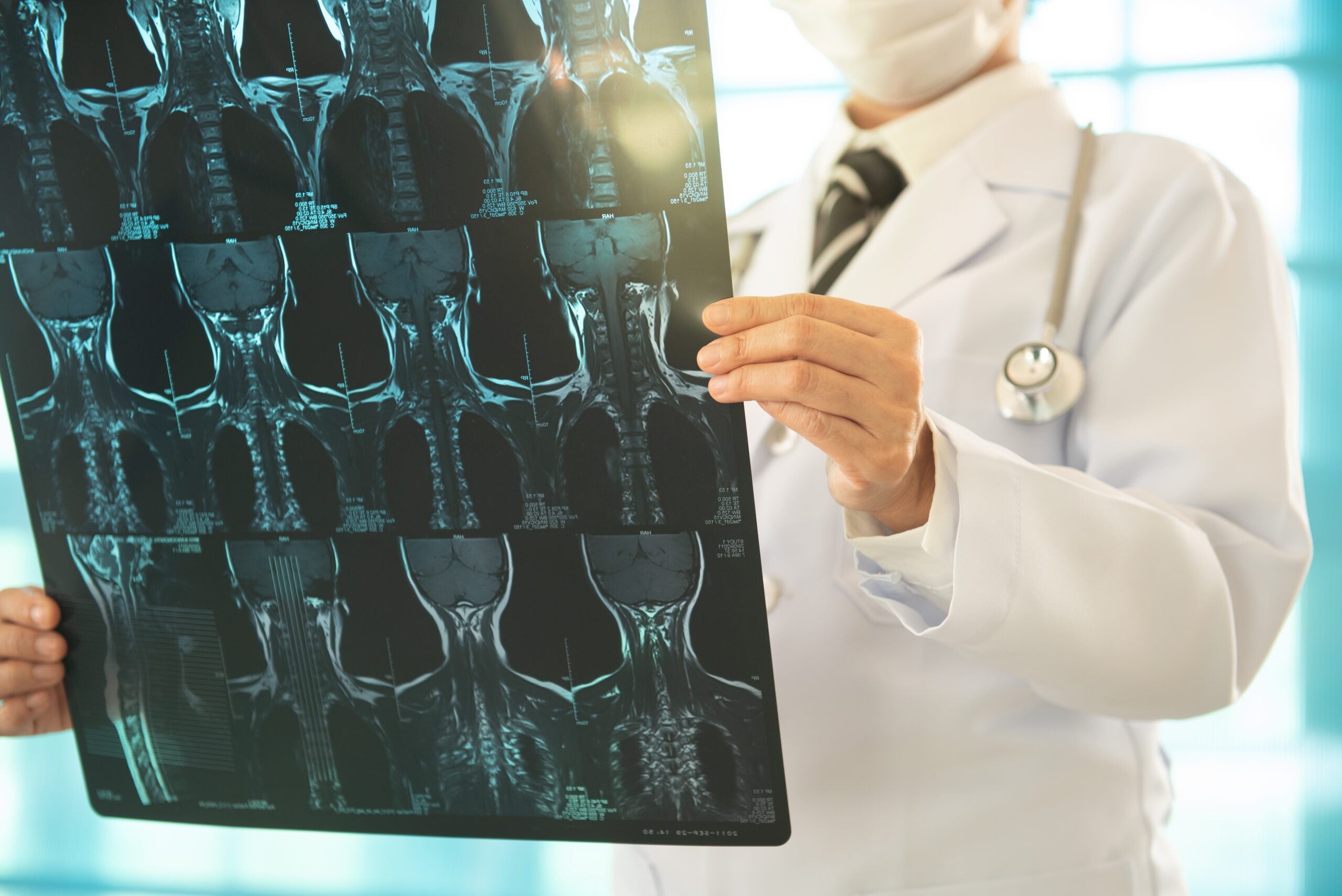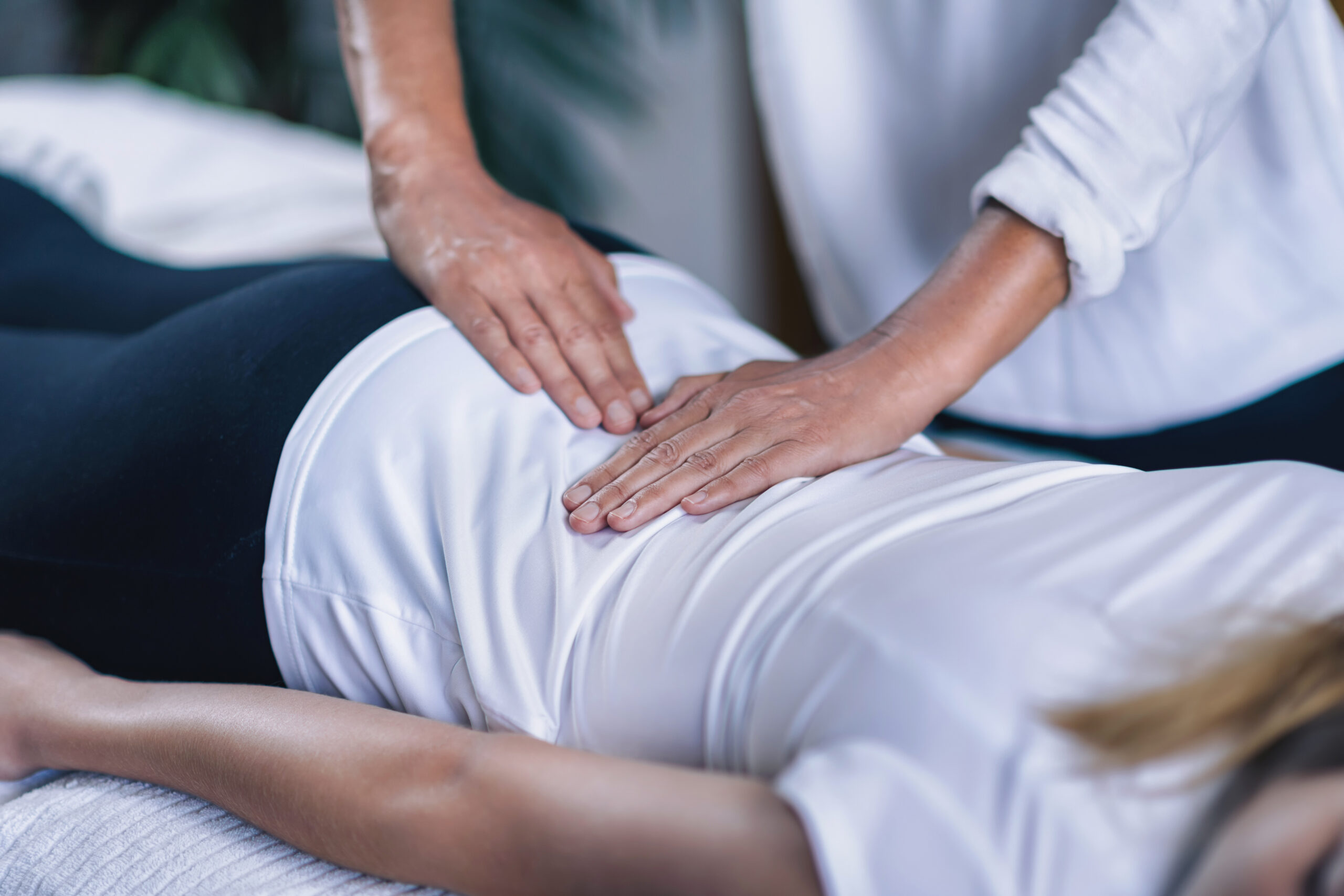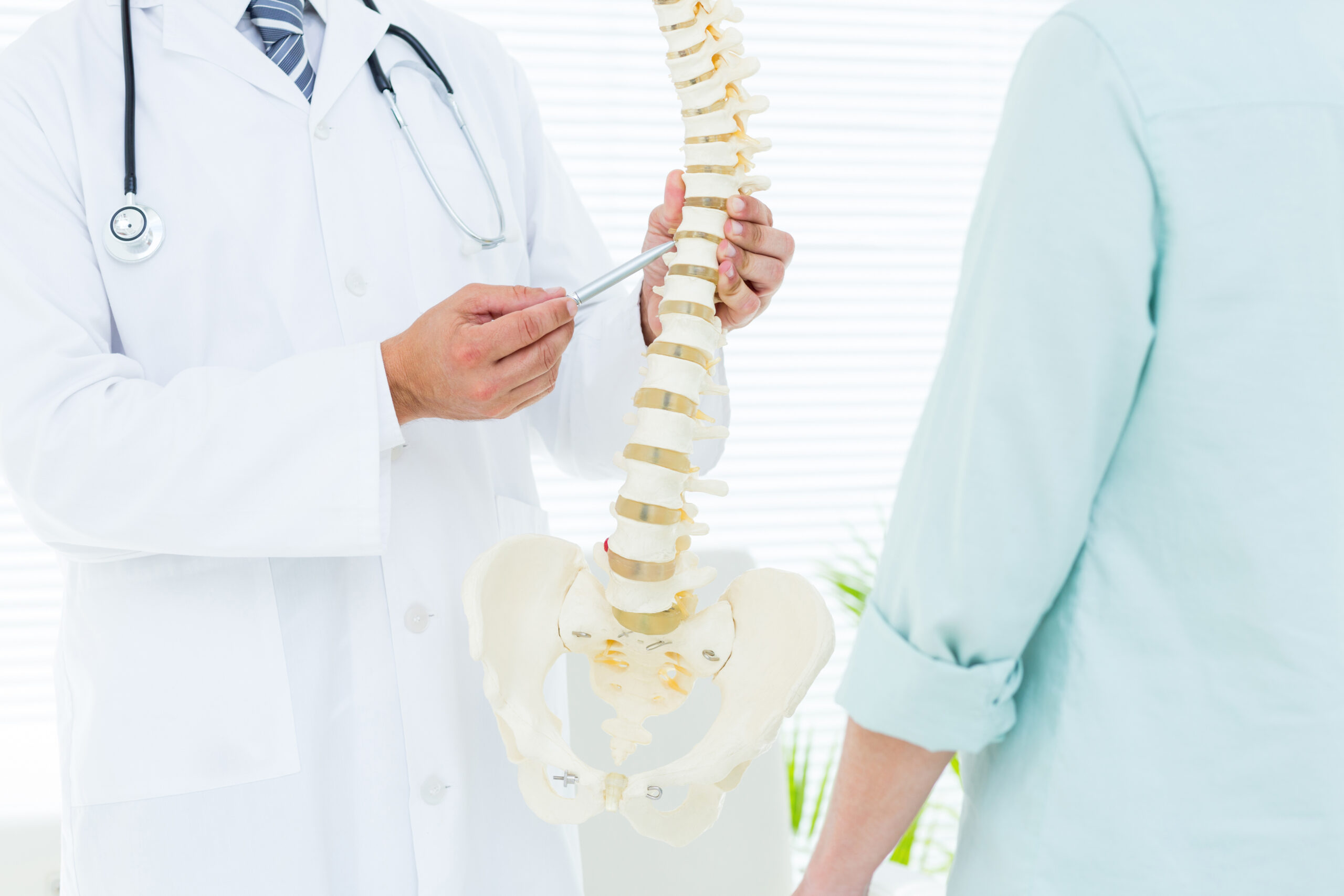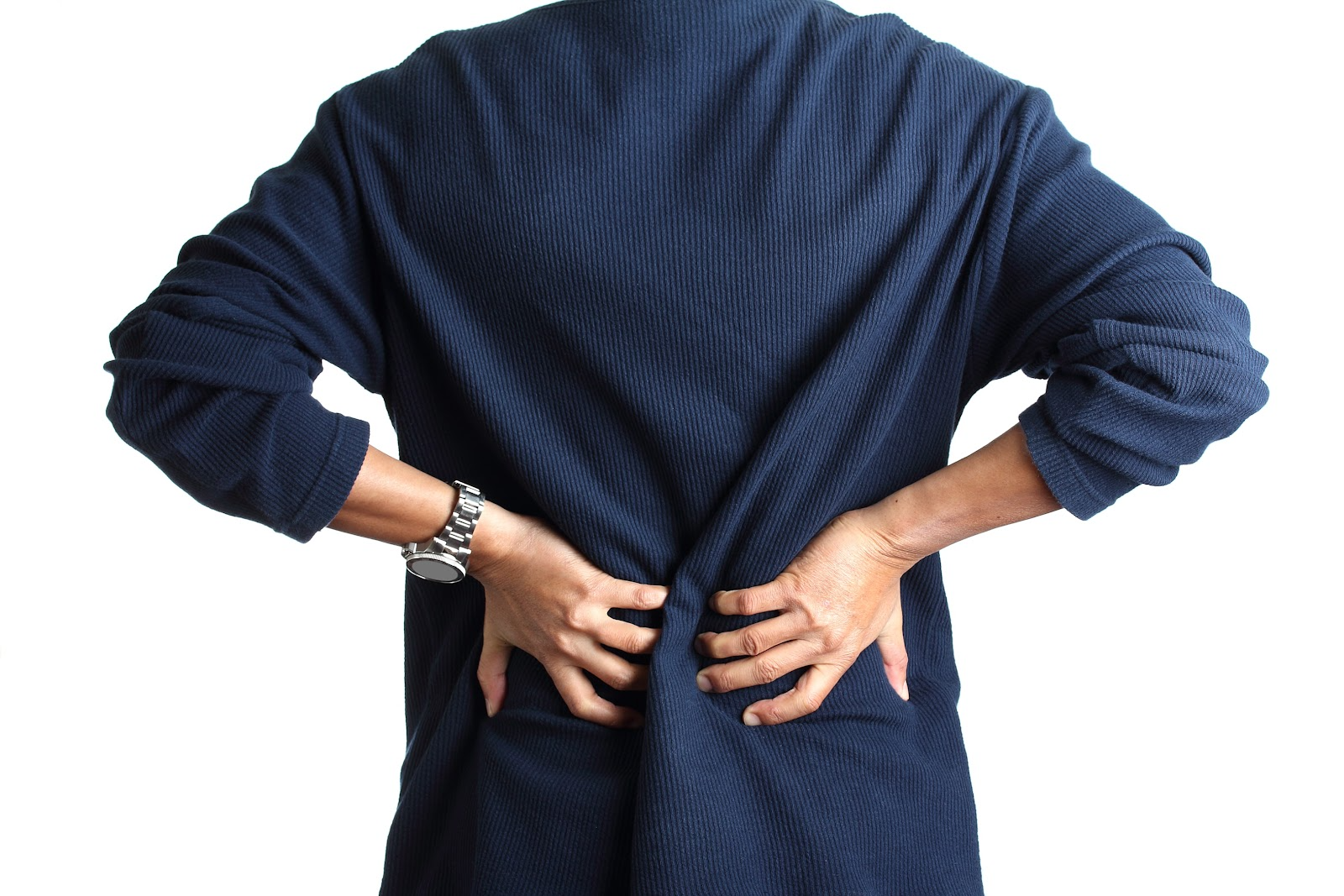
Top 10 Holistic Solutions for Living with Back Pain
Chronic back pain is a persistent condition characterized by backache waves lasting more than 12 weeks. It’s a highly uncomfortable feeling that can affect one’s everyday movements, especially when the back muscles are involved.
Alternative treatments and holistic solutions for living with back pain are very effective at managing your symptoms and providing immediate relief.
In this article, we will discuss 10 holistic solutions for living with back pain to improve comfort and quality of life.
What is Chronic Back Pain?
Chronic back pain is a long-lasting pain in your back that persists for 12 weeks or longer, even after an initial injury or underlying cause of acute back pain has been treated.
Many factors, like injuries, diseases, or stress cause this condition. To treat chronic back pain often requires a combination of treatments like medication, physical therapy, and lifestyle changes.
Unlike temporary muscle pain, which goes away with healing, chronic back pain can be a constant or recurring problem.
What are the Common Causes of Back Pain?
Common causes of lower back pain include:
- Heavy lifting: Heavy lifting or sudden awkward movements can strain back muscles and spinal ligaments.
- Damaged spinal discs: Spinal discs are elastic cartilages that cushion the vertebrae. Constant heavy lifting and improper posture are often the culprits of damaged discs, leading to chronic back pain issues.
- Osteoporosis: When you have osteoporosis, your bones weaken. This means your vertebrae won’t be able to fully support the weight on your spine, making the pain worse.
- Poor posture: Prolonged posture, such as slouching or sitting improperly at a desk, can lead to back pain.
Eating an Anti-Inflammatory Diet to Alleviate Chronic Back Pain
Eating a diet rich in anti-inflammatory foods can help alleviate your chronic low back pain. Here are some key foods to include:
- Fruits: Blueberries, strawberries, and raspberries are high in antioxidants. Particularly tart cherries, which have anti-inflammatory properties.
- Vegetables: Spinach, kale, and Swiss chard are rich in anti-inflammatory compounds.
- Cruciferous Vegetables: Broccoli, cauliflower, and Brussels sprouts.
- Healthy Fats: Consuming healthy fats reduces inflammation and relieves back pain. Sources of healthy fats include avocados, walnuts, seeds, and almonds.
- Fatty Fish: Salmon, mackerel, sardines, and trout are high in omega-3 fatty acids.
- Whole Grains: Oats, quinoa, and brown rice: These have anti-inflammatory effects compared to refined grains
10 Holistic Solutions for Living with Back Pain
Holistic solutions are key to chronic back pain because they address the root causes rather than just the symptoms. These solutions integrate physical, mental, and lifestyle factors, offering a comprehensive approach.
1. Exercise Regularly
Regular physical activity is essential for maintaining back health and reducing pain. Walking, treadmills, and other low-impact movements are ideal for strengthening back muscles and supporting the spine.
Low-impact aerobic activities can also improve your cardiovascular health without putting unnecessary stress on your back.
2. Maintain a Healthy Weight
Excess weight, especially around the abdomen, can put additional strain and stress on the back muscles.
Losing weight can help manage back pain issues and potentially avoid the need for pain medication or surgery.
You don’t have to make drastic changes to your diet immediately. Work in increments like incorporating fruits, vegetables, and whole grains.
From there, you can slowly replace fatty red meat with lean white meats to promote healthy muscle growth.
3. Practice Good Posture
Proper posture is crucial in preventing and alleviating chronic low back pain too. Whether sitting, standing, or lying down, maintaining a neutral spine position helps distribute weight evenly and reduces stress on the back.
Ergonomic furniture and mindful posture adjustments during daily activities can make a significant difference.
4. Use Ergonomic Tools
Investing in ergonomic tools and furniture can help reduce back pain, especially for those who spend long hours sitting at a desk or performing repetitive tasks.
Ergonomic chairs, standing desks, and supportive pillows can promote better posture and decrease strain on the back.
Proper workstation setup, including monitor height and keyboard placement, also contributes to a healthier back.
5. Apply Heat and Cold Therapy
Heat and cold therapy can provide temporary relief from back pain. Applying a heating pad or warm compress can help back pain naturally relax tight muscles and improve blood flow, while cold packs can reduce inflammation and numb sore areas.
Alternating between heat and cold therapy can be particularly effective in managing pain.
6. Stay Hydrated
Proper hydration is vital for maintaining the elasticity and fluidity of the spinal discs. When your body is hydrated, the water plumps up your spinal discs and provides relief from chronic back pain.
Aim to drink at least eight glasses of water a day, and more if you are physically active.
7. Incorporate Stretching into Your Routine
Regular stretching improves flexibility, reduces muscle tension, and alleviates back pain. Gentle stretches targeting the back, hamstrings, and hip flexors can be especially beneficial.
Incorporating a daily stretching routine, such as those found in yoga or Pilates, can enhance mobility and prevent stiffness.
8. Practice Mindfulness and Stress Management
Stress is a contributing factor to muscle tension and can often cause chronic lower back pain. To minimize stress, consider practices such as meditation, deep breathing exercises, and progressive muscle relaxation.
These activities can help manage stress and reduce its impact on the body. Finding healthy outlets for stress, such as hobbies or social activities, is also important.
9. Seek Professional Help
If your back pain continues to be a problem, take it as a sign to seek professional help from a healthcare provider. Physical therapists can recommend the ideal treatment, tailored treatments and exercises to relieve pain and address its underlying causes.
In some cases, medical interventions such as medication or surgery may be necessary.
10. Get Adequate Sleep
The quality of your sleep is more important than the amount of sleep that you get. That’s why you should prioritize your comfort when the lights are off to ensure your body has enough time to regenerate.
Aim for seven to nine hours of sleep per night and consider using pillows to maintain spinal alignment. Your goal should be to maintain a consistent sleep schedule to maintain your body’s internal clock and allow for ample recovery of your immune system.
Alternative Therapies for Back Pain Relief
Seeking alternatives for chronic back pain relief is important because relying only on medications can lead to dependency and side effects. Here are some examples:
Herbal Medicine
Using herbal medicine in combination with synthetic drugs can greatly support your body’s natural healing processes.
Herbal medicine is known for its anti-inflammatory properties, which work wonders for reducing your back pain.
Turmeric, ginger, and cardamom contain natural chemicals similar to analgesics that act as pain relievers. Try these herbs out and see if they can improve your condition.
Acupuncture
Many therapists view acupuncture as a holistic treatment that’s good for treating back pain and other aching muscles/joints.
One area where acupuncture works best is addressing muscle tightness. Once the needles penetrate the skin, it stimulates the body’s central nervous system. This changes your body’s pain perception and helps release neurotransmitters to relieve your back pain.
Heat and Cold Therapy
Alternating between hot and cold packs can be beneficial for chronic back pain due to their complementary effects. Using a heat pack on your back muscles can help relax the tissues and promote blood flow around the area.
The heat also works wonders for soothing muscles and joints, thus reducing stiffness in your body. Applying heat can also help reduce muscle spasms and alleviate discomfort.
Cold therapy, on the other hand, works by constricting your blood vessels to minimize muscle swelling. This is great for numbing sore areas in your back, providing immediate relief.
Cold packs can be especially effective immediately after activities that might exacerbate pain or inflammation.
Mindfulness Meditation
Clearing your mind from stress and other thoughts is an effective way to manage frustration, irritability, and other psychological aspects caused by chronic pain.
A rehabilitation psychologist may recommend meditation, yoga, tai chi, and other cognitive and relaxation strategies to boost conscious control over the nervous system.
Specific types of massages, like soft tissue manipulation, encourage physical and mental relaxation by releasing endorphins.
Massage Therapy
Physical therapists often recommend massage therapy as the rubbing action helps promote blood flow to certain areas of your body.
Improved blood flow means more oxygen is delivered to your muscles. When more oxygen is available, your muscles will have more energy to support the weight of your spine.
Massage therapy also stimulates the release of endorphins, which act as natural painkillers. This helps reduce pain and improve your overall sense of well-being.
Say Goodbye to Chronic Back Pain and Improve Your Quality of Life with Maxim Spine
Maxim Spine specializes in advanced spinal procedures to greatly improve your quality of life. These are:
Cervical Procedures: Anterior Cervical Discectomy and Fusion (ACDF) is a surgical procedure performed on the cervical spine, specifically the neck.
Thoracic Procedures: Thoracic fusion is a surgical procedure conducted on the thoracic spine, which is the middle portion of the vertebral column.
Lumbar Procedures: Minimally invasive microdiscectomy is a surgical procedure used to treat herniated discs in the spine.
If you suffer from chronic back and neck pain, Maxim Spine is ready to assist you.
To learn more about their procedures, contact them at (862) 288-7963.
FAQ About Holistic Solutions for Living with Back Pain
Is holistic treatment enough to address chronic back pain?
Holistic treatment solutions work best when paired with physical therapy and medicine.
Can I take herbal medicines alongside conventional medicine?
It’s best to take herbal medicines on their own as they can affect the efficacy of over-the-counter medicine.
How often should I see a holistic practitioner to relieve my back pain?
A holistic practitioner will be able to assess your needs and set a schedule for routine treatment of your back pain at least once a week.

